Search the Special Collections and Archives Portal
Search Results
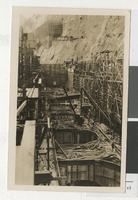
Photograph of Nevada powerhouse under construction, Hoover Dam, 1933-1934
Date
1933 to 1934
Archival Collection
Description
Nevada side of the powerhouse under construction, 1933-1934.
Image

Photograph of two unidentified women posing inside a pipe, Hoover Dam, 1933-1934
Date
1933 to 1934
Archival Collection
Description
Photograph of two women posing inside a section of the penstock piping at the Babcock & Wilcox steel fabrication plant, 1933-1934.
Image
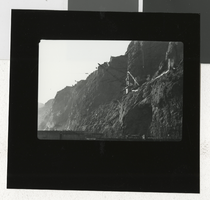
Photograph of the canyon wall and derrick at Hoover Dam, 1934
Date
1934
Archival Collection
Description
Photograph of the canyon wall and derrick at Hoover Dam during its construction, 1934.
Image
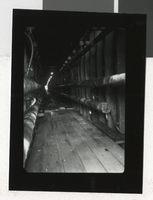
Photograph of passage through Hoover Dam, 1934
Date
1934-01
Archival Collection
Description
Photograph taken by John McCreary of a passage through Hoover Dam, January 1934.
Image
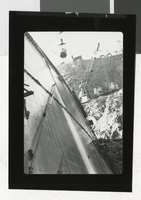
Photograph of Hoover Dam during construction, 1930s
Date
1930 to 1939
Archival Collection
Description
Photograph of Hoover Dam's downstream face, looking up during the construction of the Hoover Dam, 1930s.
Image

Photograph of Hoover Dam side wall, 1934
Date
1934-01
Archival Collection
Description
Photograph taken by John McCreary of the side wall of Hoover Dam, January 1934.
Image
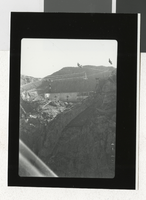
Photograph of construction of Hoover Dam, 1934
Date
1934-01
Archival Collection
Description
Photograph taken by John McCreary of the construction of the spillway at Hoover dam, 1934 January.
Image
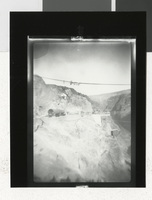
Photograph of cables on Hoover Dam, 1934
Date
1934-01
Archival Collection
Description
Photograph taken by John McCreary of cables on the Hoover Dam, 1934 January.
Image
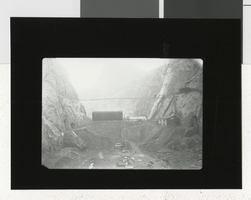
Photograph of Hoover Dam, 1934
Date
1934-01
Archival Collection
Description
Photograph taken by John McCreary of the Hoover Dam, downstream of reefer, January 1934.
Image

Photograph of Babcock & Wilcox Co. Plant, Hoover Dam, 1934
Date
1934-01
Archival Collection
Description
Photograph taken by John McCreary of the Babcock & Wilcox Co. Plant and the huge pipes that were used in the construction of Hoover Dam, January 1934.
Image
Pagination
Refine my results
Content Type
Creator or Contributor
Subject
Archival Collection
Digital Project
Resource Type
Year
Material Type
Place
Language
Records Classification
